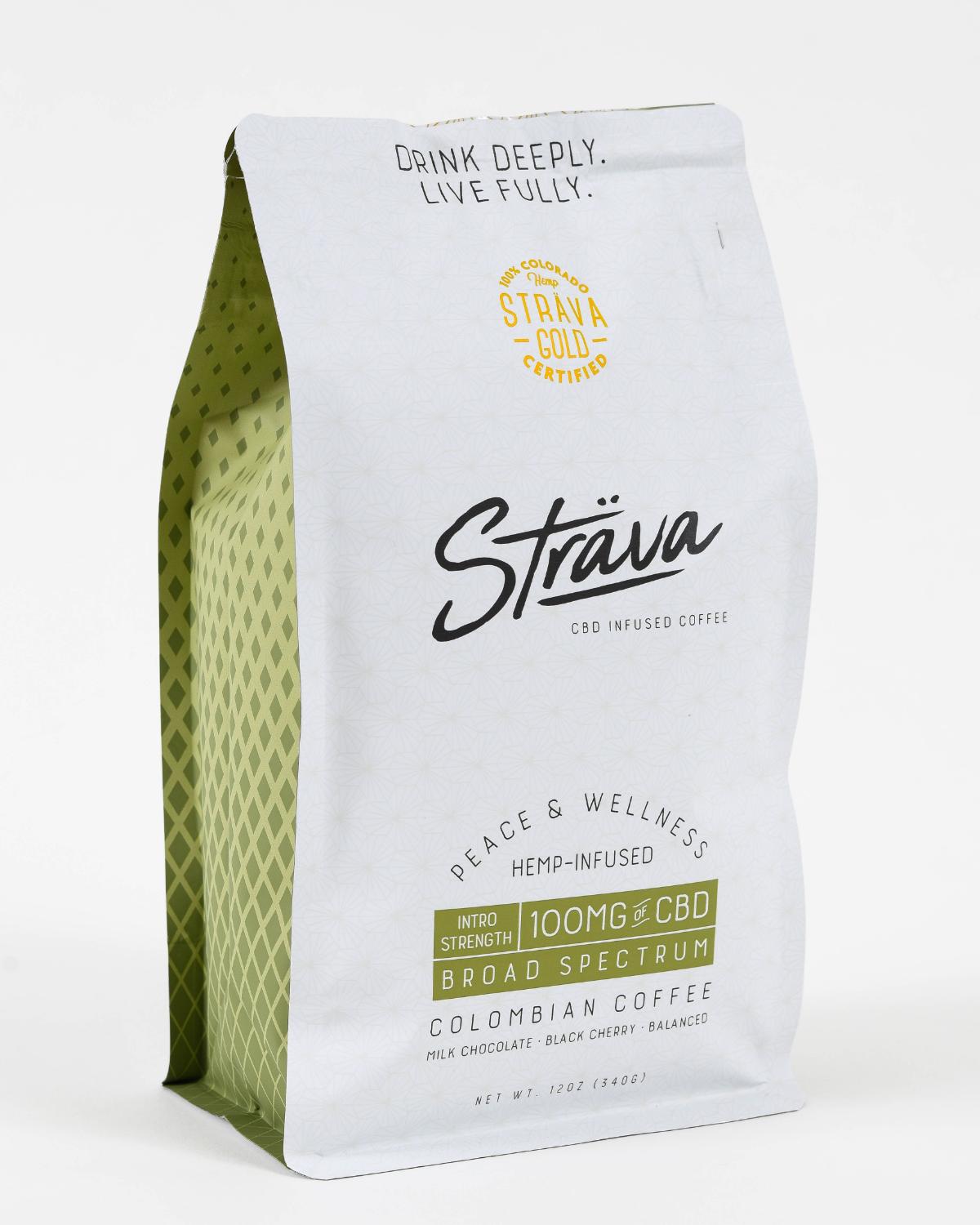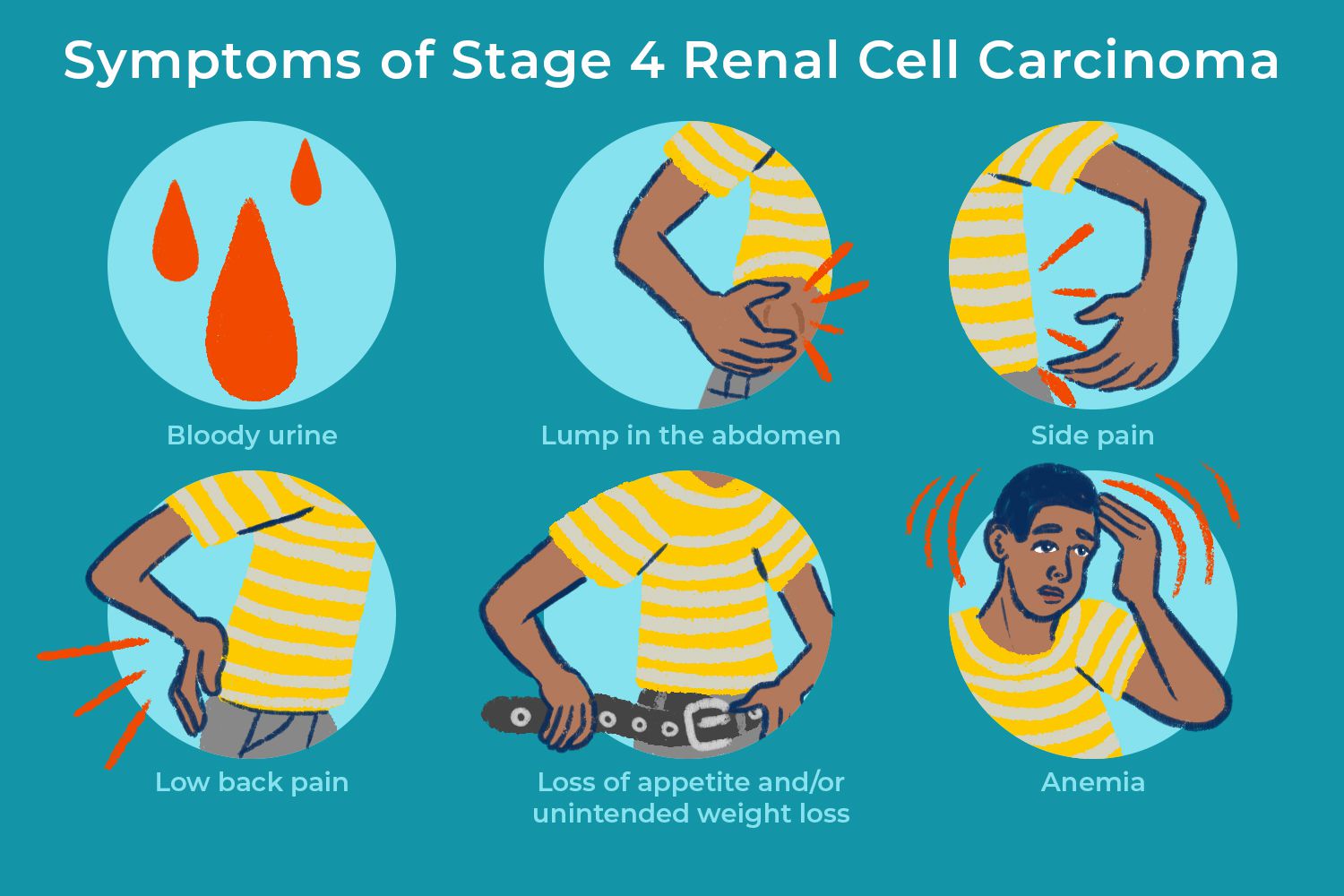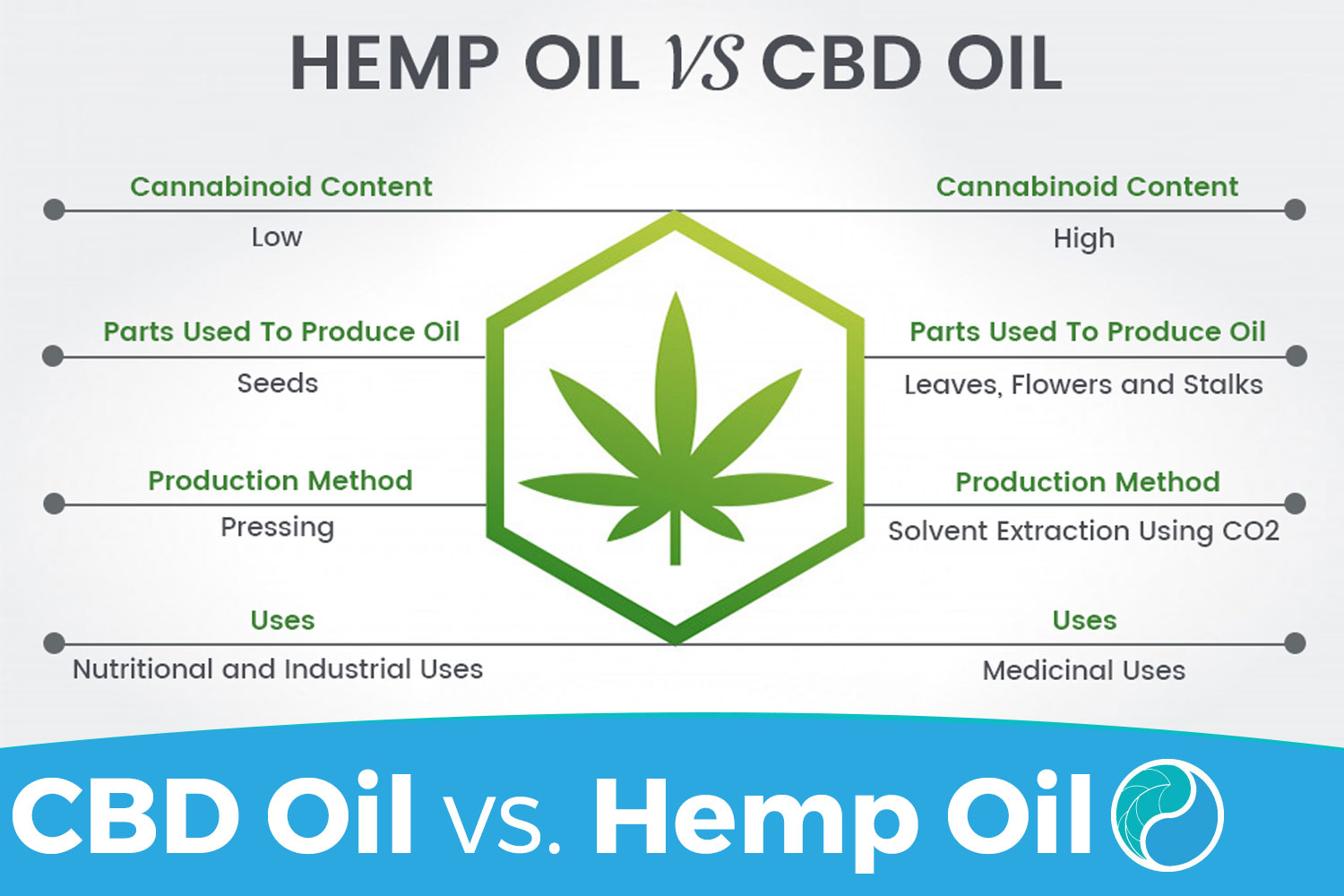
Edibles can provide a variety of benefits that range from pure enjoyment to symptom relief. Edibles have the added advantage of being fast-acting and lasting for only two to three hours. Although you can't take your weight into consideration when calculating the recommended THC intake, you don’t have to take in more than you would. To understand how to use edibles correctly, check out the following information.
Cannabinoids degrade over time
After harvest, cannabis plants begin to die. The plants no longer get nutrients from the root ball. The high levels of oxygen and UV light in the air degrade the cannabinoids and terpenes. Curing must be controlled at both RH and temperature. These factors can accelerate the degrading process. Exposure to light can also be harmful for cannabis, as it causes the breakdown of terpenes. It can also alter their psychoactive effects.
Cannabinoid-induced hyperemesis syndrome is a condition that causes symptoms to disappear in as little as a day. You can get help by quitting smoking pot and cognitive behavioral therapy. It is sometimes mistakenly called cyclical vomiting disorder. If symptoms recur after quitting marijuana, the cannabis may have led to another condition. A gastroenterologist may be consulted to confirm the diagnosis. There is no specific test for cannabinoid syndrome. It is usually diagnosed on the basis of a patient's improvement.

Cannabinoids can be absorbed into fats
There are many effects that cannabinoids are absorbed in fats. The absorption of THC, one of the most widely-recognized cannabinoid, results in an increase in blood THC concentrations. THC is also released via epididymal fat cells, where it accumulates at higher levels. The possibility exists that lipolysis also occurs in fat depots and contributes to an increase in blood levels of cannabinoid.
THC (delta-9-tetrahydrocannabinol) is the psychoactive component of Cannabis. To treat nausea and vomiting caused by chemotherapy, synthetic delta-9-THC was first licensed in 1986. It was also studied in the 1980s and 1990s to see if it could stimulate weight gain among HIV-infected patients. It was made available for the treatment and prevention of anorexia following HIV infection. Although the drug didn't cause weight gain, it did improve your appetite.
THC tolerance isn't the same for smoking and edibles
Perhaps you've noticed that your body reacts differently to THC from one cannabis product to the next. Try switching from high-THC products and to edibles with a 50/50 CBD/THC ratio. This will lower your tolerance. Side effects are possible as you adjust your THC tolerance. Good news is that your body can be given a break from cannabis use for several days, or even a month, to reset its response to the compound.
You should keep a record of every dose you take when you consume cannabis edibles. Because THC is converted in the liver, edibles tend to produce a higher potency, resulting in a stronger high. Because different strains have varying effects, you must choose carefully. You should only use the best strain for you. If it doesn't work, don't increase your dose.

Side effects of too much THC
THC can be ingested in edibles and cause nausea, dizziness, and even a loss appetite. A risk of marijuana-induced psychosis is also present. The effects of marijuana overdose can be quite rare, however. According to Courtney Allen-Gentry, an Advanced Holistic Public Health Nurse, marijuana overdose symptoms are more likely with weed edibles.
Your healthcare provider can help you determine whether excessive THC is causing your symptoms. A standardized unit of measurement can help researchers determine the correct amount to take. The standard dose of THC is 5 mg. That is the standard measurement for research. While this is not a good amount to start with, it is enough. Also, the higher the dosage, you will get high faster.
FAQ
How can CBD products successfully be marketed by companies in compliance with regulations?
The FDA does no regulate hemp as a crop commodity. The Controlled Substances Act regulates other cannabis derivatives (e.g. pot). CBD has not been subject to any specific regulations.
CBD is legal in 29 states. Federal law, however, still considers it illegal. Businesses looking to sell CBD products are left in uncertainty.
The FDA also has guidelines for how CBD products should be advertised. For example, they must clearly disclose any product's THC content. Companies cannot claim CBD is effective in treating certain medical conditions without supporting evidence.
Additionally, the FDA requires manufacturers submit information about manufacturing practices and quality control. To prove safety and effectiveness, they require that companies conduct clinical trials.
These factors are crucial for companies to consider when developing their marketing strategies.
How much CBD should I use?
The product type you're using will affect the amount of dosing.
CBD oils come in a variety of strengths, ranging from 100mg-1000mg per bottle.
Some CBD products can be made in specific amounts by certain companies, such as 25mg or 50mg.
Charlotte's Web produces CBD products with high levels of CBD and other substances.
Begin with a low dose if you're not sure whether CBD will work.
It is possible to always go higher.
Which countries have the best quality CBD?
The United States produces the majority of CBD products.
High-quality CBD products are also being produced in Canada, Australia and New Zealand.
Can I use CBD during pregnancy?
The research on CBD use in pregnancy is still lacking.
It is not possible to prove that CBD causes harm to the baby, based on what little information there is.
It's important to note that CBD should not be taken by pregnant women unless recommended by their doctor.
A recent warning was issued by the Food and Drug Administration about possible risks from CBD consumption during pregnancy.
FDA claims that "there are some evidences that cannabis consumption during pregnancy may increase the likelihood of miscarriage."
The agency stated that further research is required before a firm conclusion could be drawn.
Statistics
- A recent study [161] also found that in vitro CBD treatment (i.e., ≤ 2 h exposure to 10 μM) induced ~40% vasorelaxation in isolated (pre-constricted) (ncbi.nlm.nih.gov)
- however, one study also found that these effects were virtually abolished when the original media (a nutrient broth agar) was replaced with one containing 5% blood (increasing the minimum concentration to ~160 μM CBD) [179]. (ncbi.nlm.nih.gov)
- A recent systematic review of human trials also reported that individuals with epilepsy receiving CBD (5–20 mg·kg−1·day−1) were more likely to experience decreased appetite than those receiving placebo (i.e., ~20 vs. 5% of patients) (ncbi.nlm.nih.gov)
- HR −16 mmHg; 95% CI −26, −6; I2 = 92%) (ncbi.nlm.nih.gov)
- The use of these products is likely to become even more widespread if the World Health Organization's recommendation that CBD no longer is scheduled in the international drug control conventions is adopted by the United Nations member states [201]. (ncbi.nlm.nih.gov)
External Links
How To
How to get certified for selling CBD products
CBD (cannabidiol), one of the many cannabinoids found inside cannabis plants, is one. It has been used medicinally for centuries, even in South American countries like India, China, and China. The ability to treat conditions such anxiety, pains, epilepsy, and inflammation has made CBD products extremely popular in recent times. There is no formal certification program for CBD products. At least, not in the U.S. Anyone who wants to sell CBD products will have to use the "unofficial", self-certification process.
You have two options. One way to do this is to join the local association of cannabis-business owners. You can get support and advice from other members while learning from them. There are many associations in the country. The second option is to take your business online. The majority of states allow cannabusinesses to be online. If this is the case, then you can establish your own website immediately and start accepting orders. However, you will still need to register at your state's Department of Public Health. Once you have registered, your state's Department for Public Health will issue you a license. Once you receive your license, you're officially allowed to open your store and begin accepting orders.